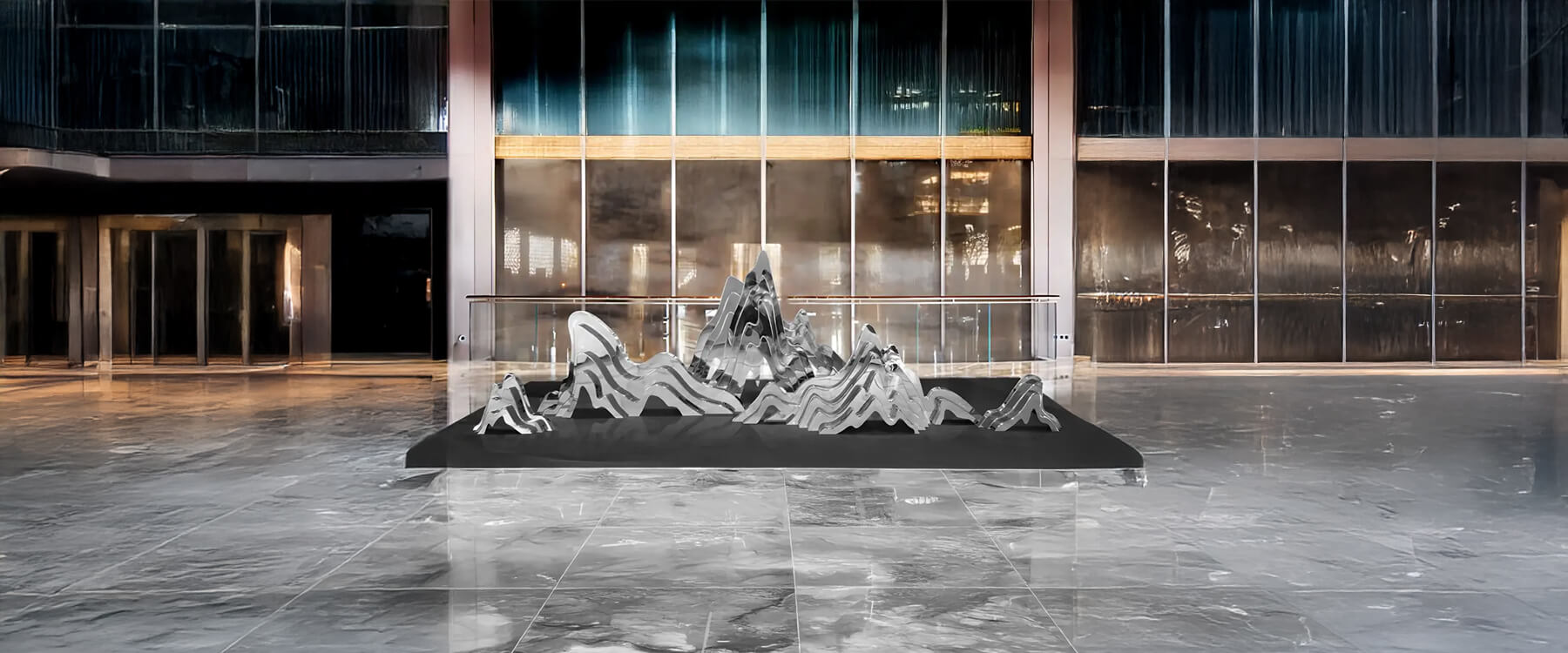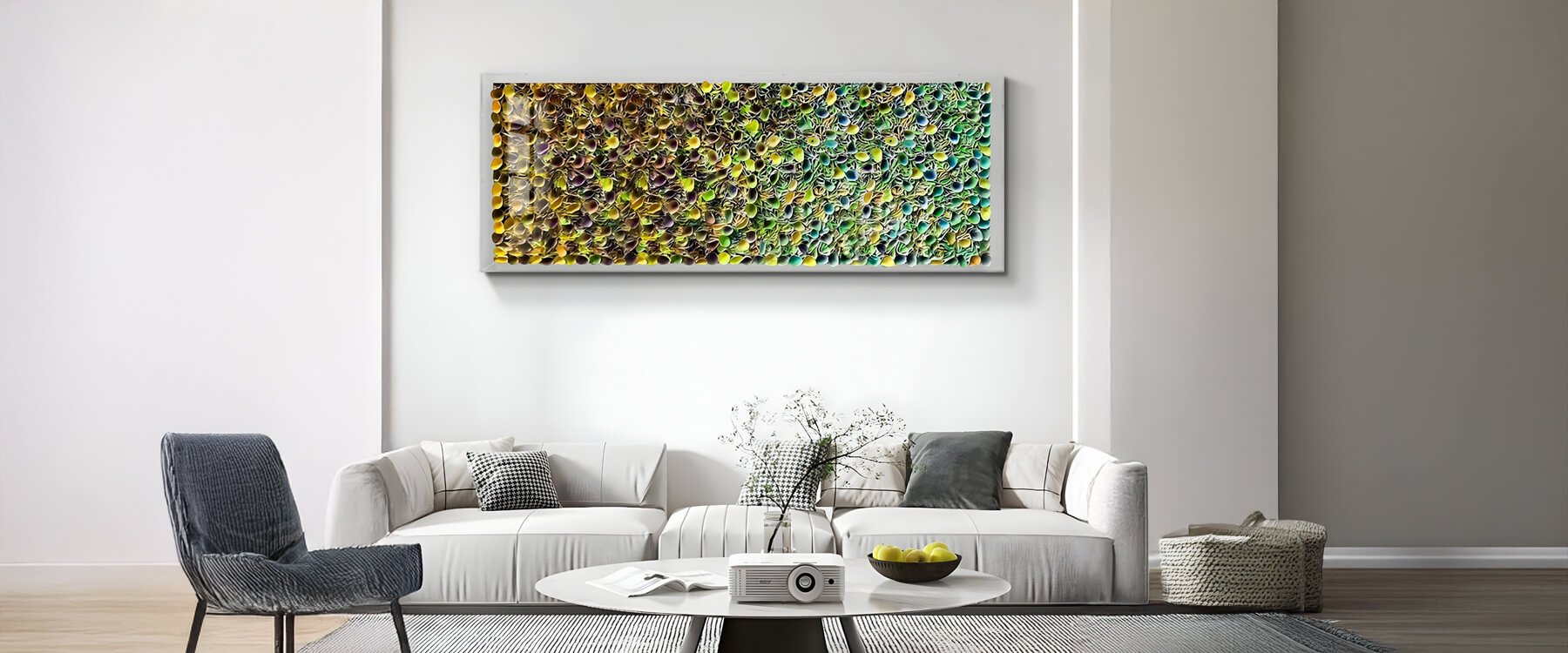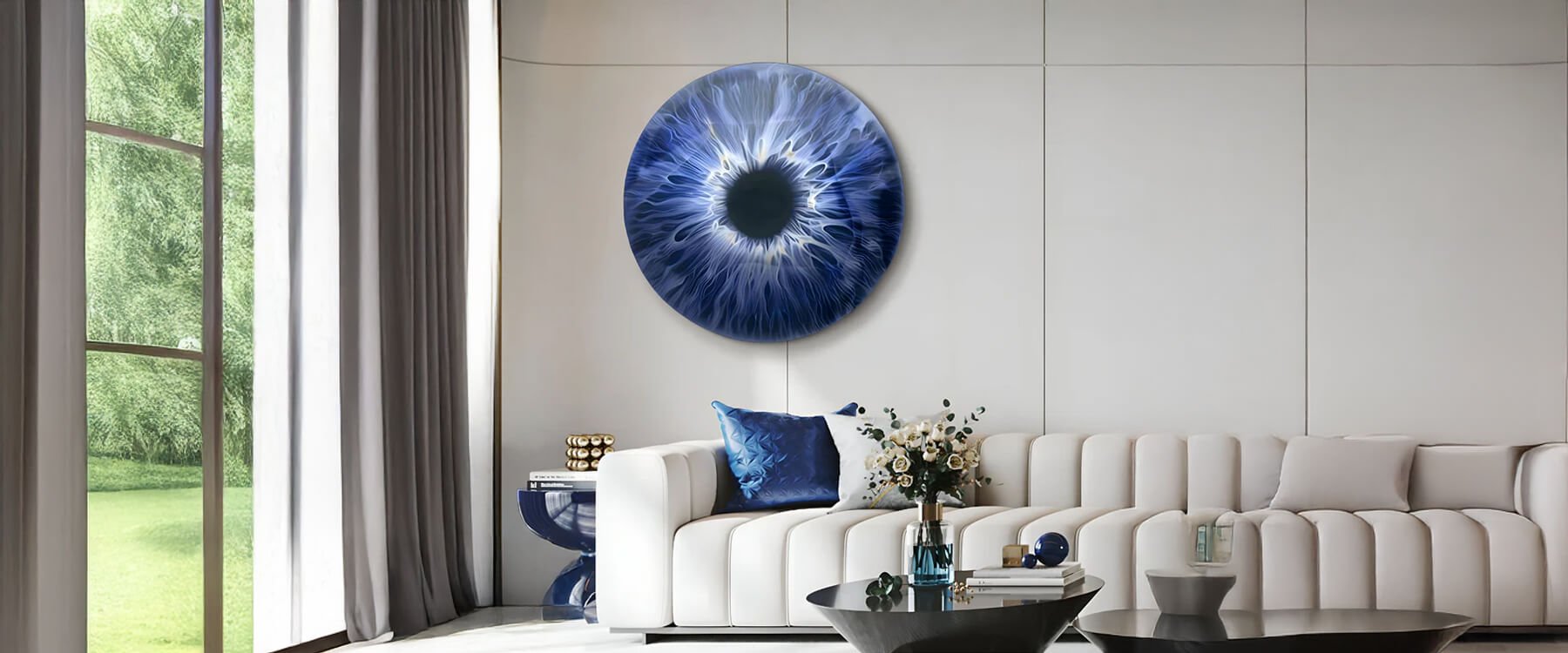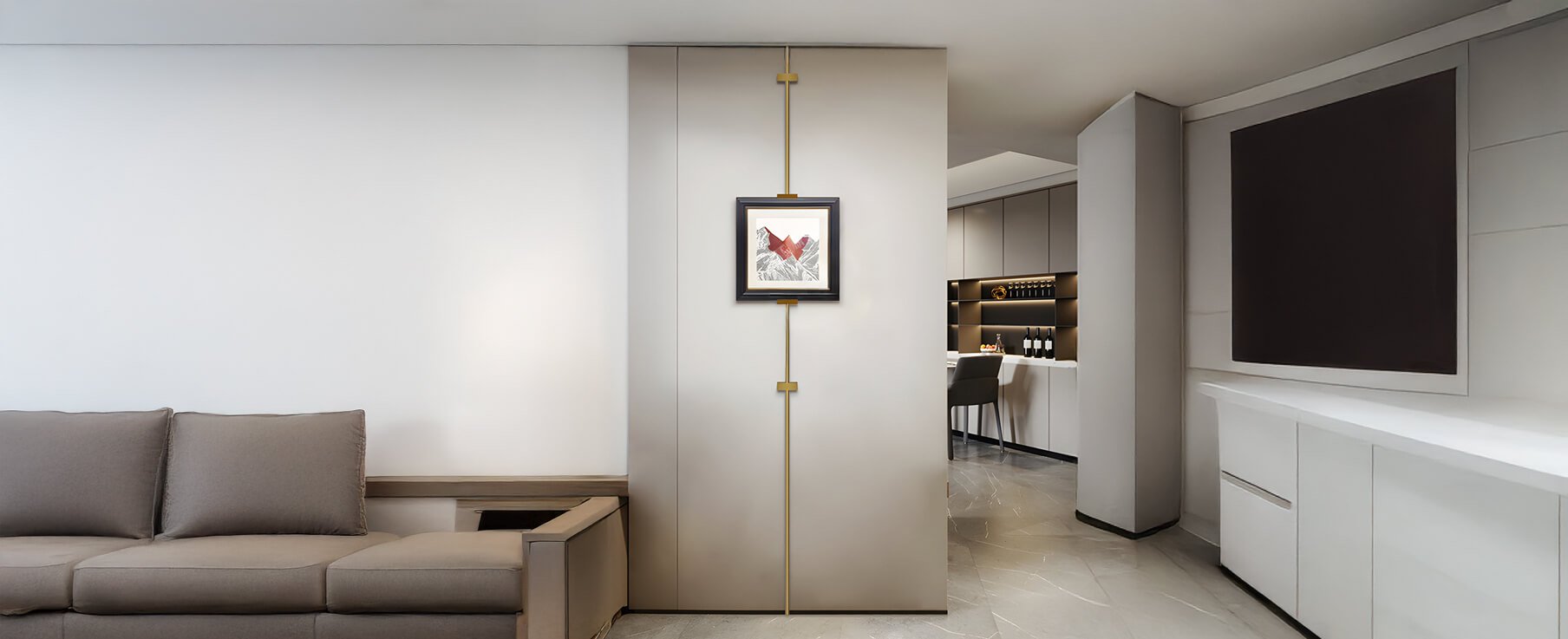Introduction
Outdoor spaces have become an extension of the home, offering a retreat for relaxation and enjoyment. One of the most effective ways to elevate an outdoor area is by incorporating outdoor sculptures. These items not only enhance the visual appeal of gardens, patios, and backyards but also add personality, structure, and focal points to your outdoor decor. Whether it’s a dramatic modern piece, a nature-inspired figure, or a classical statue, artworks can transform any outdoor space.
However, the impact of outdoor art pieces can be maximized when paired with the right lighting. Well-placed lighting can highlight the intricate details of these works, bringing them to life during the evening and enhancing their visual impact. With the right lighting, your art pieces will become the centrepiece of your outdoor design, offering both beauty and functionality.
The Importance of Outdoor Sculptures in Outdoor Design
Artistic Value of Outdoor Sculptures
Outdoor Sculptures add more than just visual interest-they serve as expressions of art, personality, and style. In an outdoor space, these works of art become focal points that capture attention and evoke emotions, setting the tone for the entire area. Whether it's an elegant classical figure, a modern creation, or a whimsical animal design, garden sculptures bring a sense of sophistication and charm to any garden, patio, or backyard.
Balance and Harmony
One of the key purposes of garden sculptures in landscape design is to create balance and harmony. They act as visual anchors, providing structure and definition to the space. Whether you place them at the centre of a garden, at the end of a pathway, or near a water feature, outdoor sculptures can guide the flow of the design and help organize the space.
Sculptures and Lighting Synergy
Lighting plays a crucial role in maximizing the impact of garden sculptures. Without the proper lighting, even the most impressive piece may go unnoticed once the sun sets. Strategic lighting for art pieces enhances the sculpture’s features, creating an inviting atmosphere in your garden or patio. Downlights are an excellent choice for highlighting outdoor art pieces, as they cast soft, focused light on the works, drawing attention to the details and adding a touch of sophistication.
Choosing the Right Outdoor Sculptures for Your Space
Selecting Sculptures Based on Space
The scale and style of outdoor sculptures should align with the size and design of your outdoor space. In large gardens, larger sculptures can act as striking focal points, filling open areas without overwhelming the surroundings. Smaller, more delicate sculptures, such as figurines or detailed animals, work better in intimate spaces like patios, courtyards, or small garden beds, where they can be appreciated up close.
Material Choices
When selecting sculptures, the material is an important consideration. Stone sculptures offer a classic, timeless look that blends well with natural surroundings. Metal sculptures provide a modern, industrial aesthetic and can be particularly striking when illuminated with downlights. Ceramic sculptures add vibrant colours and intricate textures but may require more care in climates with extreme weather conditions. Consider your climate and the desired aesthetic when choosing the right materials for your sculptures.
Using Downlights with Sculptures
Downlights are perfect for illuminating outdoor sculptures due to their ability to provide focused light without overwhelming the sculpture or the surrounding landscape. Placing lights directly above or around sculptures will ensure that the key features are highlighted, casting gentle shadows that bring the piece to life. This balanced lighting effect creates visual intrigue and depth.












































































